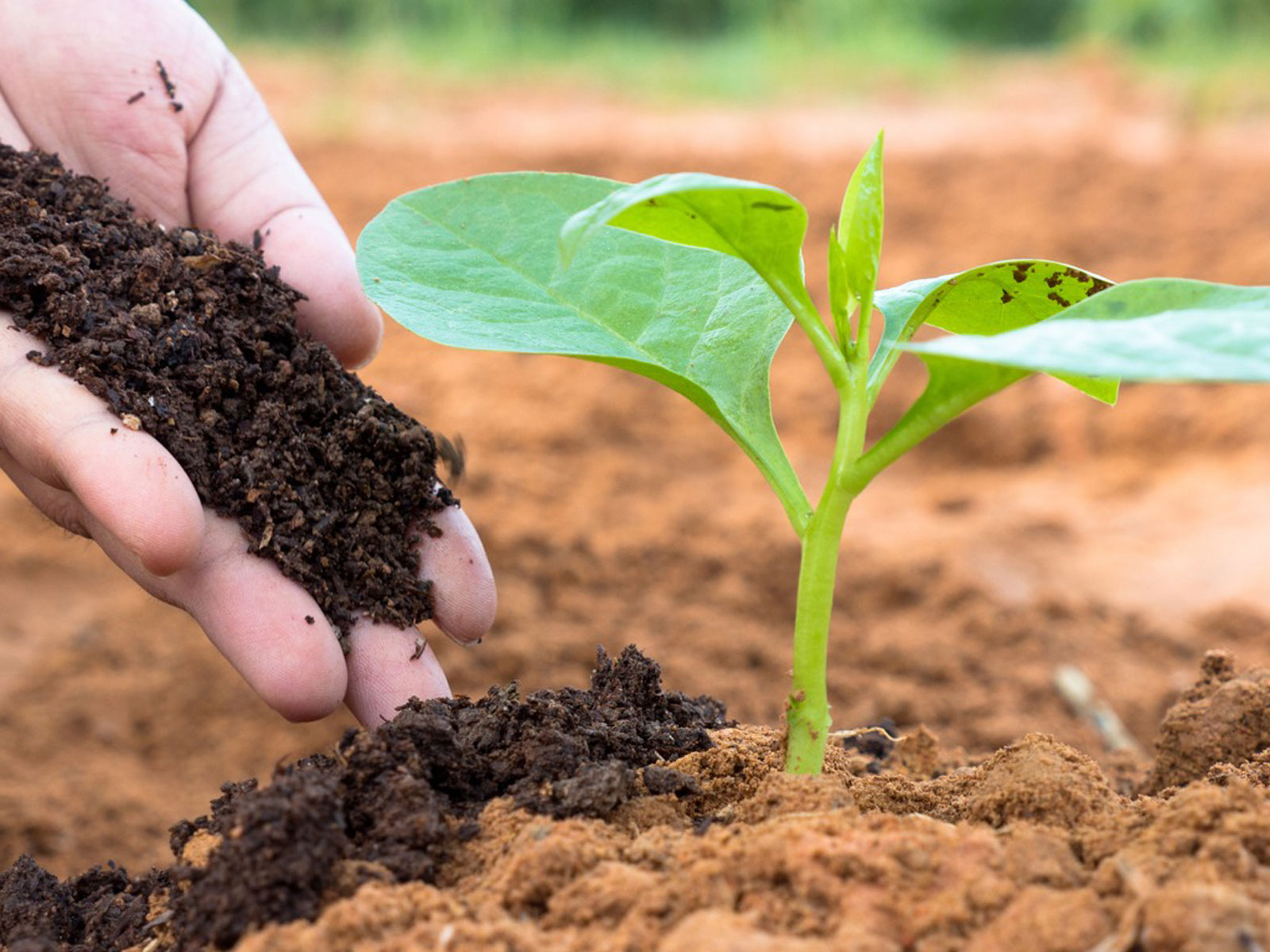Food Waste/Composting

5 Easy Steps to Home Composting
The Impacts of Food Waste
Did you know that the United States is the global leader in food waste? An astonishing 30-40% or 40 million tons of food end up in landfills every year! Food is the largest component taking up space inside US landfills. But why does the US waste so much food when there are so many individuals and families living with food insecurities? There are many factors that explain this trend. Food in the United States is abundant and less expensive than in other countries. These factors can contribute to the lack of appreciation of food.
More than 80 percent of Americans discard quality, consumable food because they misunderstand labels on the packaging. Expiration labels on food state things such as “sell by,” “best before,” and “use by,” which can be confusing. Many people simply throw away the food based on these labels.
People may overestimate the amount of food they need which often results in food being thrown into the garbage. Likewise, many people order take-out food but they might not consider eating leftovers.
Wasting food has detrimental environmental consequences because an enormous amount of water and energy is used to produce food. Food waste in landfills generates greenhouse gases, such as methane, carbon dioxide and chlorofluorocarbons, which contribute to global warming and climate change.
Several states are taking action to curtail food waste and increase food recovery. Legislators in California, Connecticut, Massachusetts, Rhode Island, and Vermont have passed laws that restrict the amount of food waste going to landfills.
Efforts are filtering into US school systems too, for example Maine and Rhode Island have introduced legislation to reduce the amount of food waste in schools. On a national level, the US Department of Agriculture (USDA) and the US Environmental Protection Agency (EPA) set a goal in 2015 to reduce food waste by half by 2030.
Here are some simple actions individuals can take to preserve food:
- Freeze food that can’t be eaten immediately
- Donate food to food pantries or give leftovers to those in need
- Plan meals and only include needed ingredients on your shopping list
- Fruit and vegetables with blemishes taste the same and usually cost less. Simply cut out the blemished area.
Sources:
https://www.rts.com/resources/guides/food-waste-america/
https://www.epa.gov/recycle/reducing-wasted-food-home
The What, Why and How to Compost
This event was held on June 17
An enthusiastic and engaged group attended the event. Participants listened to a brief presentation followed by a question-and-answer session. After the presentation, attendees stepped outside to hear presentations from compost experts regarding 4 types of composting options that were the focus of the event: 1. Outside stationary compost bins 2. Outside tumbler composting; 3. Vermicomposting (worm composting); and 4. Community-based local curb-side pick up or drop off options.
Rea and Tom Monaghan discussed the proper way to use an outside stationary composter; the what and how to compost; the ratio of greens and browns to be included; how to aerate the materials; and how to know when your compost is ready for use.
Larry and Glenda Radine discussed the proper way to use an outside tumbler composter; how to care for your composter; keys to successful composting; what to compost and how to know when your compost is ready for use.
Sandra (Sady) Sweeney, Master Gardener with Penn State Extension discussed the role of vermicomposting; what to include/not include in vermicomposting containers; storage and care of the worms; and negative impacts of releasing your worms in the wild.
Luke Natale from Back to Earth Compost discussed the variety of compost options the organization offers such as curbside pick-up of food waste for residents, scheduled drop off locations and other services.
15 Stationary compost bins, 1 Outside tumbler composter and 5 kitchen counter collection containers were available for raffle.
For more information and the handouts from that day please see the list below.

